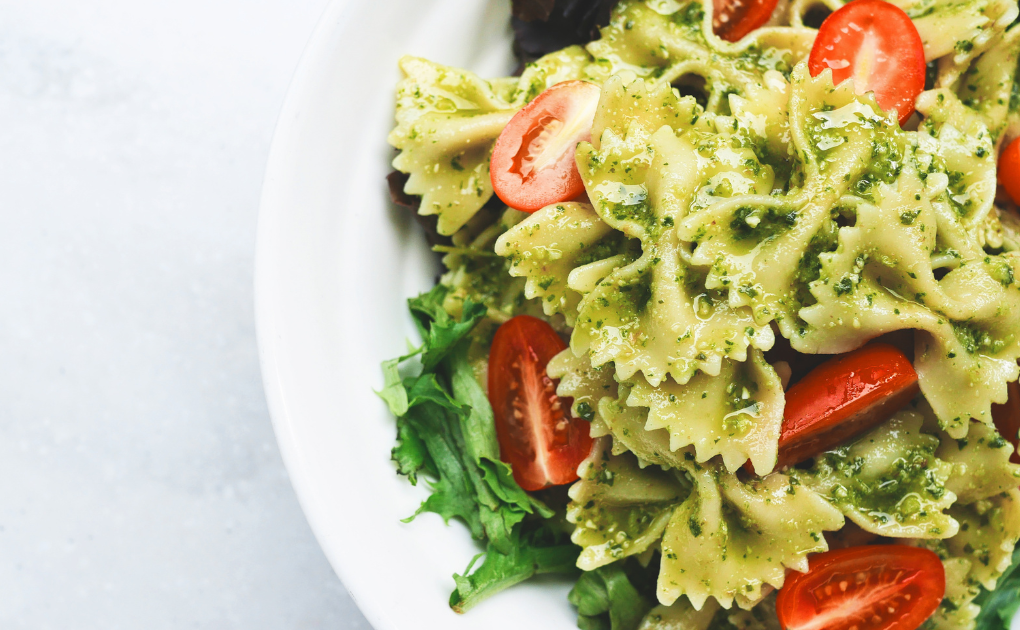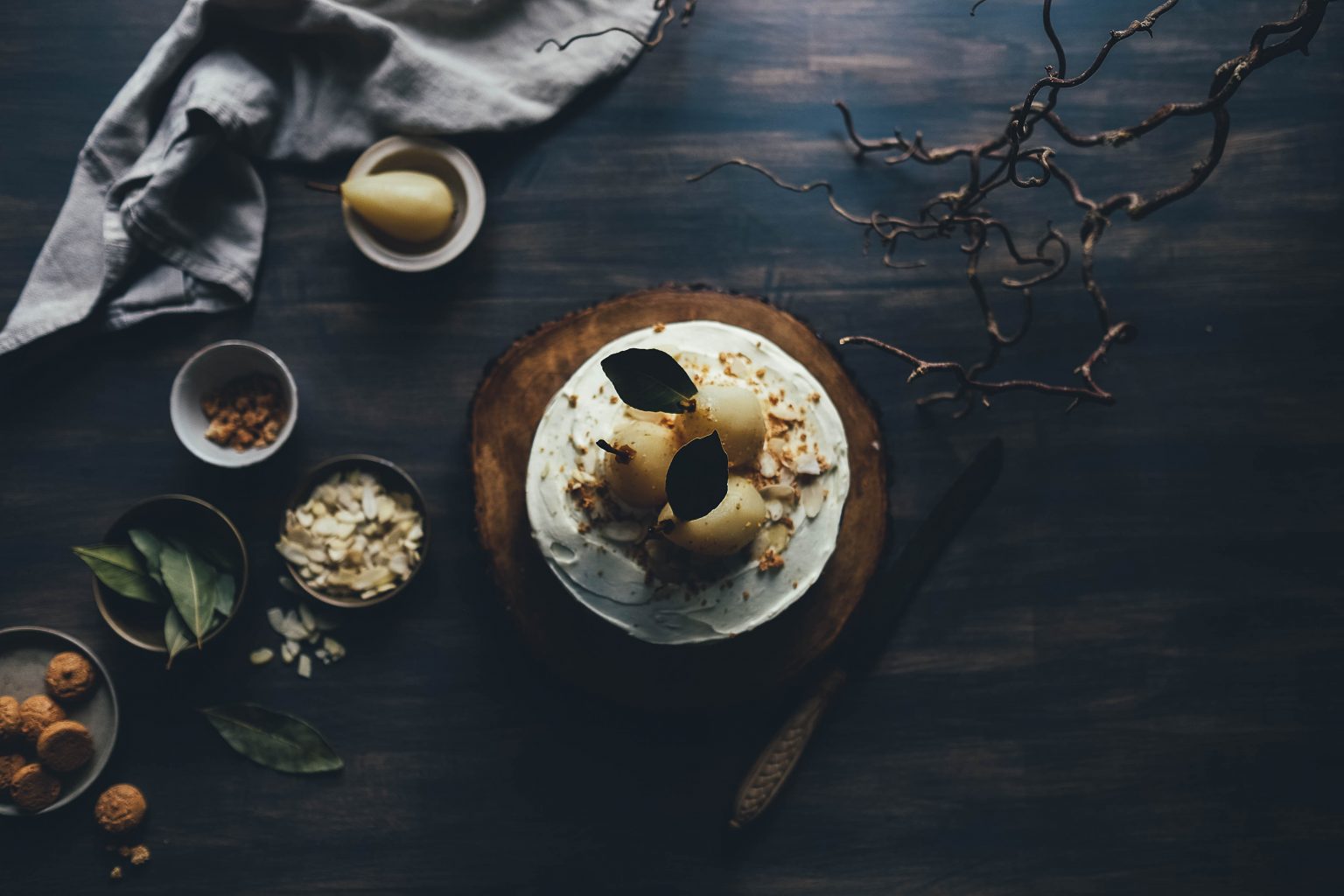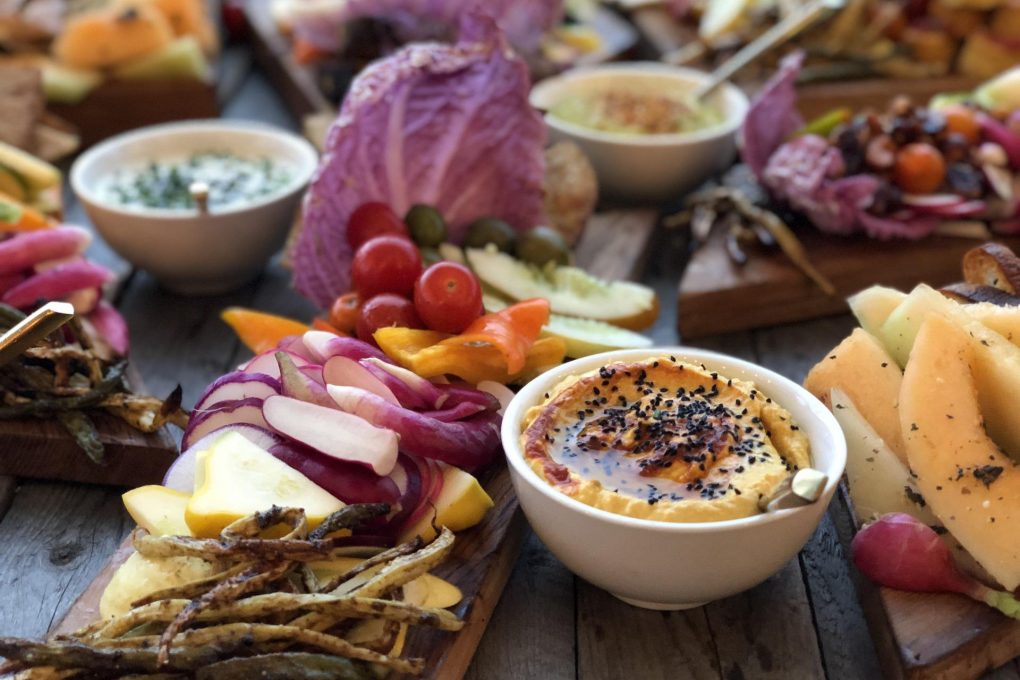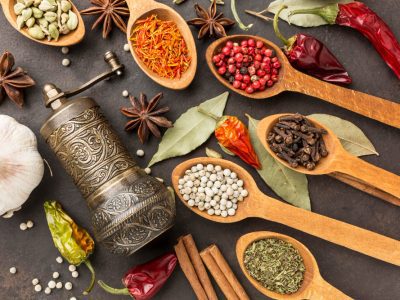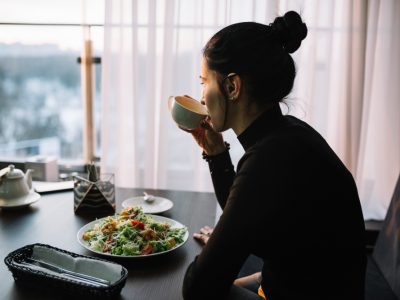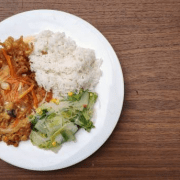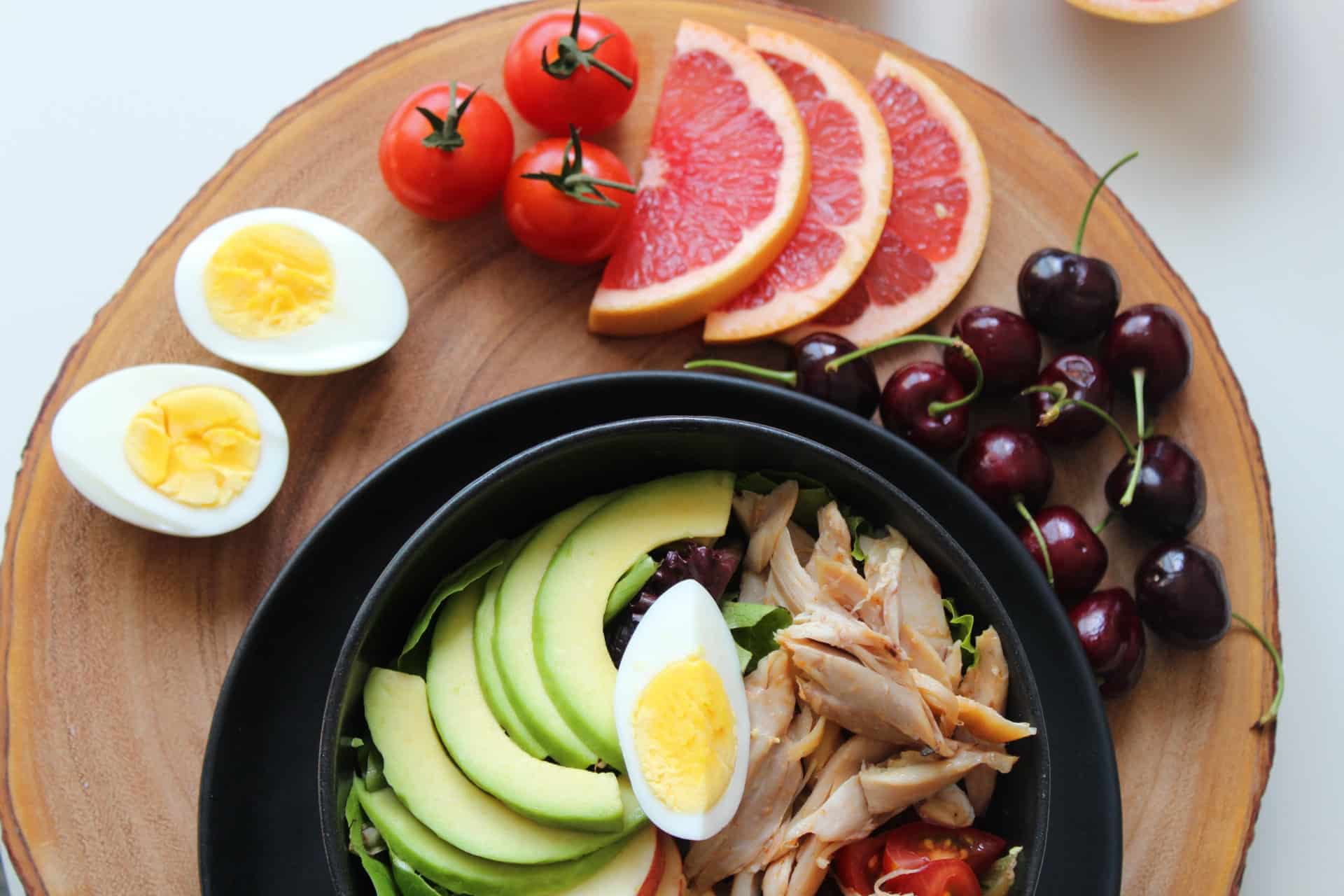Vegan cooking is a lot like regular cooking, except you have to think a bit more about where your ingredients come from. With some experience in the kitchen and a few vegan cookbooks on hand, you can whip up meals that are just as delicious as any meat eaters.
To help you get started, I’ve compiled the best tips for mastering vegan cooking into one handy blog post. Read on!
Eat More Veggies
Vegetables are the foundation of a healthy vegan diet. They are high in fibre, vitamins and minerals. Vegetables also contain antioxidants, which help fight diseases such as cancer.
The best part about eating vegetables is that they are so low in calories, fat and cholesterol!
Go for Whole Foods
First, let’s talk about the difference between whole and processed foods. Whole foods are unprocessed and unrefined. Whole foods are rich in vitamins, minerals and fibre. The Whole foods contain antioxidants which protect our bodies from free radicals that can damage cells and cause disease. They also contain phytonutrients—naturally found in plants that have health benefits like reducing inflammation and fighting cancer growths.
As you can see by my definition of whole foods above (and if you’re not convinced), these things are pretty good for us! So when adopting a vegan diet, it’s important to make sure your meals consist mostly of these choices because they’ll give your body that much more fuel it needs to function properly throughout the day (or night).
Use a Variety of Plant-Based Proteins
When using plant-based proteins to make a meal, it’s important to use a variety of them. Beans are great for soups, salads and stews. Tofu is good for stir-fries and curries. Chickpeas can be used in salads or curries.
Experiment with Spice and Herbs
The next step is to experiment with spices and herbs. A good way to do this is by making a spice mix that you can use for several different recipes. For example, my favourite spice mix is a combination of cumin, turmeric, cinnamon and paprika — it’s delicious on potatoes or quinoa (and pretty much everything else). I like to make large batches of this flavour-packed mixture so that I always have plenty on hand in my pantry.
You can also make personalized spice mixes based on the flavours you enjoy most in your favourite dishes — perhaps smoked paprika goes well with your favourite vegan pizza recipe? Or are there certain herbs that work best with your go-to veggie burger? You can often find inspiration online; just search for “vegan recipes” and whatever ingredients sound appealing to you!
Be Adventurous with Cooking Methods
In addition to the usual steaming and roasting, vegan cooking can be done in various ways. The following are some common methods used for cooking different foods:
- Pressure cooker (for beans, lentils, grains)
- Slow cooker (for stewed vegetables and beans)
- Rice cooker (for rice dishes)
- Sous vide (for tofu or seitan)
- Pressure fryer or deep fryer (for crispy vegetables or fries)
Get Creative with Some of the Weirdest Vegan “Meat” Substitutes Out There
If you’re a vegan or thinking about becoming one, it can seem like there’s just no way to eat out. But as long as your local grocery store has a freezer section, you’ll find plenty of ways to get your protein fix with these delicious meat substitutes:
Gardein Meatless Chicken Tenders
MorningStar Farms Grillers Vegan Burgers
Tofurkey Deli Slices (Ham) and Smoked Gouda Style Slices (Cheese)
Chickpea Veggie Hotdog Substitute
Conclusion
Hopefully, this post has given you some new ideas for how to make your vegan cooking more exciting and delicious. Remember that the key is experimenting with different spices and herbs, trying new ways of cooking (like baking or steaming), and finding delicious recipes that fit your taste preferences. And if you’re looking for more inspiration, check out our blog!
